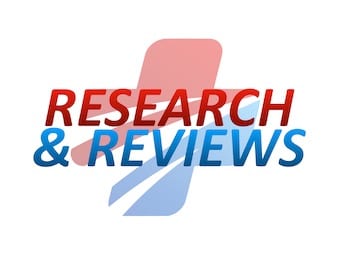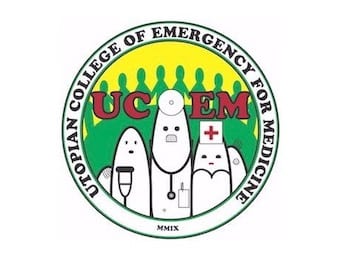
Time to publish then filter?
I came across this post while getting up to speed with Critical Insight, a UK-based online blog-come-journal club. It had a link to a recent BMJ editorial by David Schriger and Douglas Altman — you may remember David Schriger from…





